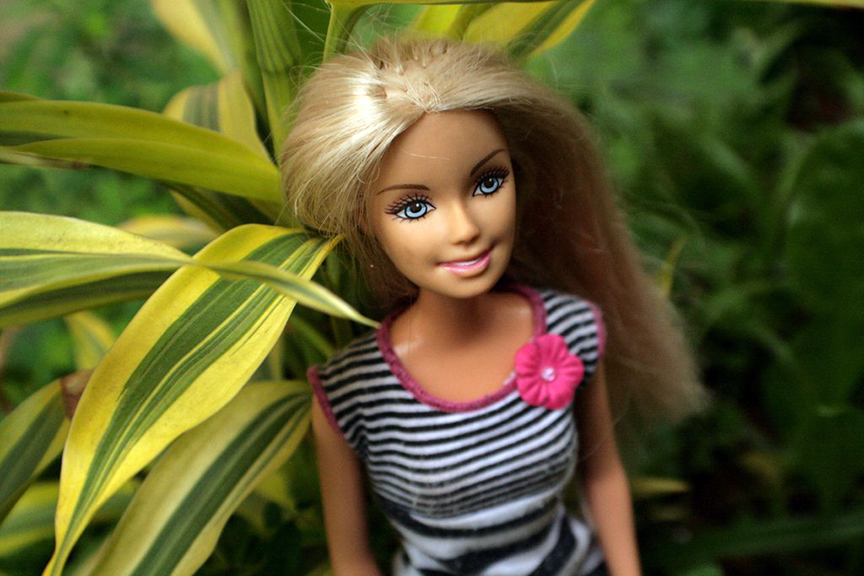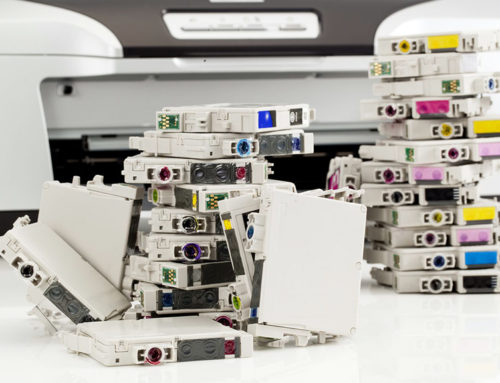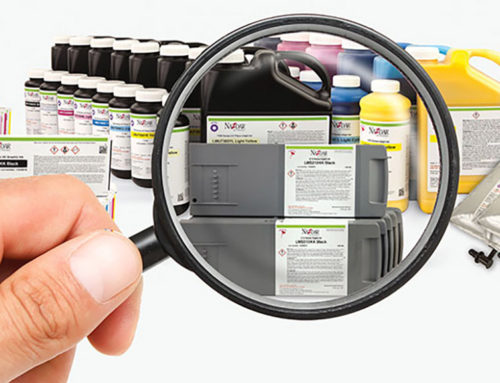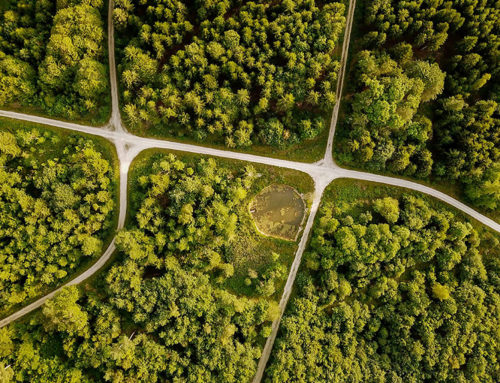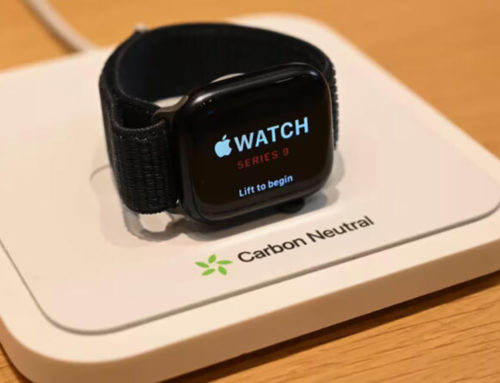In a world that thrives on trends and crazes, the recent frenzy surrounding the forthcoming Barbie movie is a reminder of the enormous impact of popular culture on our consumption habits. However, as we celebrate the allure of iconic dolls like Barbie, we must also confront a pressing issue: the surge in plastic waste generated by such toy crazes. The environmental implications of this trend are undeniable, as toys have emerged as the most plastic-intensive consumer goods globally. With limited recycling options due to the complex mixture of materials they contain, it is crucial to assess and address the carbon footprint associated with these cherished playthings.
Let’s take the iconic Barbie doll as an example. The creation of each 182-gram Barbie carries a substantial carbon footprint, estimated at approximately 660 grams of carbon emissions. This calculation encompasses the entire life cycle of the doll, from plastic production to manufacturing and transportation. However, Barbie is not an outlier; the carbon emissions associated with other toys average around 4.5 kilograms per kilogram of toys. If we scale up these numbers, projections suggest that the emissions from the plastics industry in the United States could surpass those of coal within the next seven years.
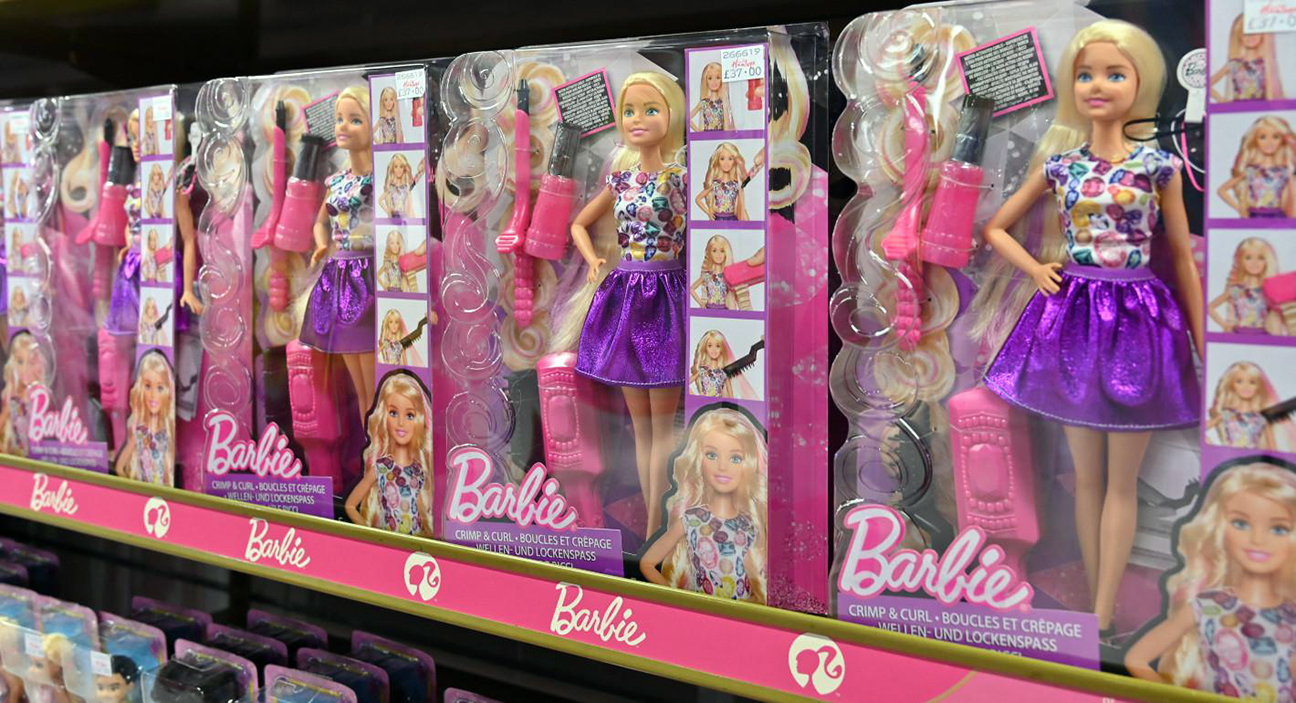
The question that looms large is how we can reduce our emissions without resorting to the extreme measure of banning plastic toys altogether. The responsibility falls on both toy manufacturers and governments to address this challenge. Toymakers can make substantial strides by prioritizing low-carbon materials and supply chains, designing toys for easy disassembly, and minimizing excessive packaging waste. Additionally, avoiding battery-powered toys whenever possible can help prevent electronic waste. A notable example is Mattel, the maker of Barbie, which took a positive step in 2021 by launching a recycling scheme, allowing customers to send back old toys for repurposing. However, such programs need to be expanded globally, including in regions like Australia.
Governments play a pivotal role in supporting these efforts. They can incentivize the toy industry to transition away from environmentally harmful plastics by implementing penalties and establishing effective recovery and recycling systems. Successful bans on certain plastics, such as BPA-containing plastics in infant milk bottles enacted in Europe and the United States, can serve as inspiration for further action. Brands like Lego are already making the shift away from petrochemical-based plastics toward more sustainable alternatives like sugarcane-based plastic, although such transitions require time and investment.
While the demand for plastic toys may surge temporarily with the release of blockbuster movies, long-term trends suggest a shift in play preferences. Older children are increasingly drawn to gaming, contributing to a decline in the popularity of traditional plastic toys. As parents or grandparents, we can make conscientious choices by avoiding cheap, easily breakable toys and instead opting for durable options that encourage long-term creative play. Embracing secondhand toys and seeking playthings made from simpler, recyclable materials or even ocean plastics are commendable steps toward sustainable toy consumption.
Striking a balance between joyous play and plastic pollution requires a collective effort. By embracing a sustainable approach to toy consumption and encouraging responsible practices in the toy industry, we can mitigate the environmental impact of plastic waste. Our goal should be to create a future where children can play freely, delighting in the magic of toys without leaving a heavy burden on our planet. Barbie and her companions may continue to dazzle, but let’s ensure their legacy is one of responsible delight, where the joy of play harmonizes with environmental stewardship.

